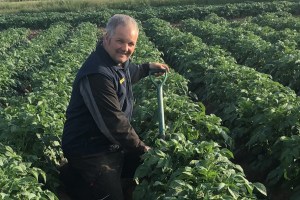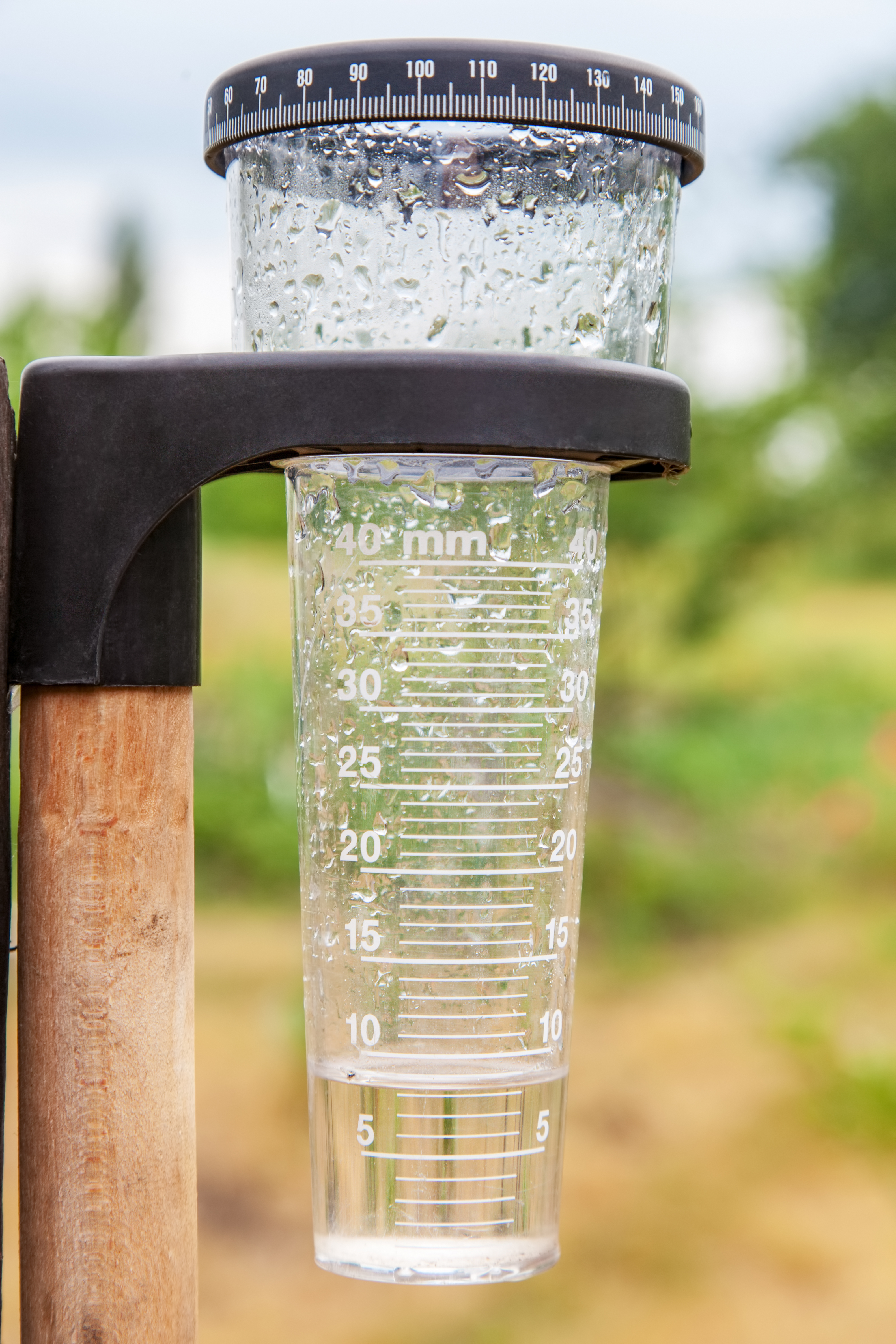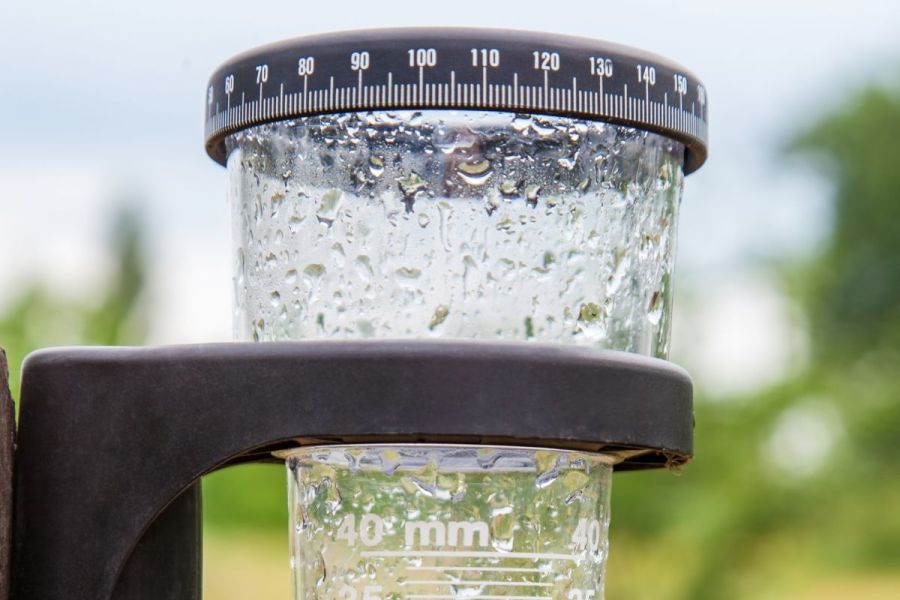 By Andrew Wilson
By Andrew Wilson
It’s still a bit dry, isn’t it? Unless you happen to be in South Lincolnshire, which I understand has had a drenching… A cursory look at the rainfall records on the noticeboard in our local pub shows that annual rainfall doesn’t vary much here, but the time when it falls varies hugely. Basically, Mother Nature pays her debts – the last thing we need is a monsoon potato harvest to intensify the pain of lacklustre crops. Alas, we’ll get what we’re given and deal with it as we always do.
We finished combining wheat here on 15 August, the earliest for a very long time. Wheat yields varied a bit but, as we expected, the heavy land outperformed the light – water retention from organic matter and good drainage once again showing where remedial work pays off. Our best wheat crop topped the highest I’ve ever achieved at 14.25t/ha, with the lowest not a disaster at 8.15t/ha. Moisture was low double figures and bushel high 70s – it’ll leave a few quid despite (with hindsight) a bit of a faux pas selling the crop. And the dryer has had a holiday for once!
Spring cereals, as predicted, were nothing exciting – with spring barley and seed oats a sniff under 5t/ha being a direct result of very little rain since sowing. The milling oats, direct drilled into a green cover crop on heavy land just before rain, were very poor. We took a chance and got a lot wrong with them, but that’s how we learn, by pushing boundaries. They didn’t manage 4t/ha.
Winter beans managed a tonne to the acre, but not much more, and were as dry as I’ve ever known but, on the plus side, have left an excellent entry for wheat. Spring beans as I write this are a week away from fit but look a similar crop.
We have taken the plunge back into oilseed rape, and strip drilled our crop into a mucked stubble on 19 August with Consortium Z (microbial mix) and BugBoost (biostimulants) under it. We also over-drilled (with a disc drill) some buckwheat as a companion to evaluate its future possibilities.
Land is generally in good condition, with not much subsoiling required this season, which bodes well for all crops next year. We are midway through cover crop drilling on land coming into root crops or spring cereals next year. We have only had a drop of rain, but shallow sown small seeds into moist tilth should soon be away.
Beet has spent a lot of time flagging in the heat of late but it’s the only crop that would benefit from rain now – the quality penalties of a big drop of rain now won’t help potatoes in the ground.
The root crop challenge continues – we’re no further on with next season’s prospects but we’re focussing on the current crop. Yield digs show a variation from under 20t/ha up to 60t/ha in the best irrigated field. I suspect the average will be around 35t/ha which will need an easy harvest and trouble-free winter to break even – not exactly inspiring is it!

Even though the ground is crying out for rain, fingers are crossed that it comes in manageable amounts until potatoes are safely harvested.
My regen potato trial shows promise – following the principle of move less soil and use less synthetic inputs (including fuel), but learning from the lessons of last year’s trial, it looks like it might deliver a margin at least on par with the conventional crop next to it.
In simple terms, we have reduced working depth by 20%, lowered cultivation intensity as much as possible, dropped all fertilizer by 20%, placed biology and used a foliar product to increase N efficacy. The crop was preceded by a multi-species cover crop and it had a dressing of pig muck to help it along too.
Irrigation was 50% of the conventional crop, which delivers a significant fuel saving alone. Plot average yield currently digs at 33t/ha, which when the cost savings are taken into account, gives a slightly better prospect of a margin. The risk factor is present, but if we can reduce costs and environmental impact by a greater percentage than any yield reduction, then we might be onto something.
There is indeed always a better way of doing everything. Times are tough in the root crop world, but where there is a problem, there is a solution. Where there’s a solution there’s a challenge, which usually brings satisfaction. It just needs to bring a few quid with it!!
Here’s to enough rain to drill winter cereals and a trouble-free lifting season. A man can dream!!
This article was taken from the latest issue of CPM. For more articles like this, subscribe here.




